Deilephila porcellus
(Linnaeus, 1758)
-
 Subfamily: Macroglossinae - Macroglossini
Subfamily: Macroglossinae - Macroglossini -
 Wingspan: 90-110 mm
Wingspan: 90-110 mm -
 Flight period: May - Jul (Sep)
Flight period: May - Jul (Sep) -
 Spread: Common
Spread: Common -
 Host plants: Rubiaceae
Host plants: Rubiaceae
Information
The Deilephila porcellus also called Small Elephant Hawk-moth is a moth of the Sphingidae family with a wingspan of 48-53 mm.
Deilephila porcellus is found throughout Europe excluding Iceland. *
Its range extends to western Asia and north Africa.
In Italy it is also found in the islands. *
The front wings of the Deilephila porcellus are ocher with a faint olive shade.
The anterior margin is bordered and spotted with pink, and there is a broad but irregular band of the same color on the outer margin.
It is very variable in coloring. In the driest, hottest and most arid areas of Asia Minor and Central Asia, the pink color is absent.
The hind wings are blackish on the upper margin, pinkish on the outer margin and ocher tinged with olive in the middle.
The fringes are whitish checkered, sometimes tinged with pink.
The head, thorax and body are pinkish, more or less variegated with olive green, the thorax has a patch of white hairs above the base of the wings.
The hind wings have a black inner half that gradually turns pink from the center outwards.
It is outlined with white fringes. The head, thorax and body are also brown / olive green with pink spots all over the place.
The Deilephila porcellus often confused with the congener Deilephila elpenor which in addition to having different designs on the wings
results larger in size.
This moth In Europe it frequents coastal areas, moors and edges of meadows where Galium is present.
Up to 2000 m in the Alps and Spain. ***
Species that can have one or two generations depending on the latitude, the first from May to July, the possible second from August to September. ***
The adults are active at dusk and feed mainly on Lavender, Echium and honeysuckle, on open meadows and forests.
The eggs are spherical of a glossy green color. **
The larva is greyish brown or dark gray in color, fading to yellowish brown on the anterior segments.
The head is grayer than the body. The typical Sphingid horn of the last segment, is absent , and in its place is a double protuberance.
In the early stages the caterpillar is pale greyish green with blackish bristles, the head and lower surface are yellow.
The pupa is 35–45 mm long, brown streaked with dark brown. **
The larvae feed on Rubiaceae, in particular Galium mollugo and Galium verum, but it can be found on latr plants such as Rubia, Epilobium,
Chamaenerion angustifolium, Impatiens and Vitis vinifera.
* Lepidoptera mundi https://lepidoptera.eu/ - Fauna Europea https://fauna-eu.org/
** Bestimmungshilfe für die in Europa nachgewiesenen Schmetterlingsarten - http://lepiforum.de/ -
*** Roland Robineau, Guide de papillons nocturne de France, Delachaux et Niestlé, 2011 p. 33

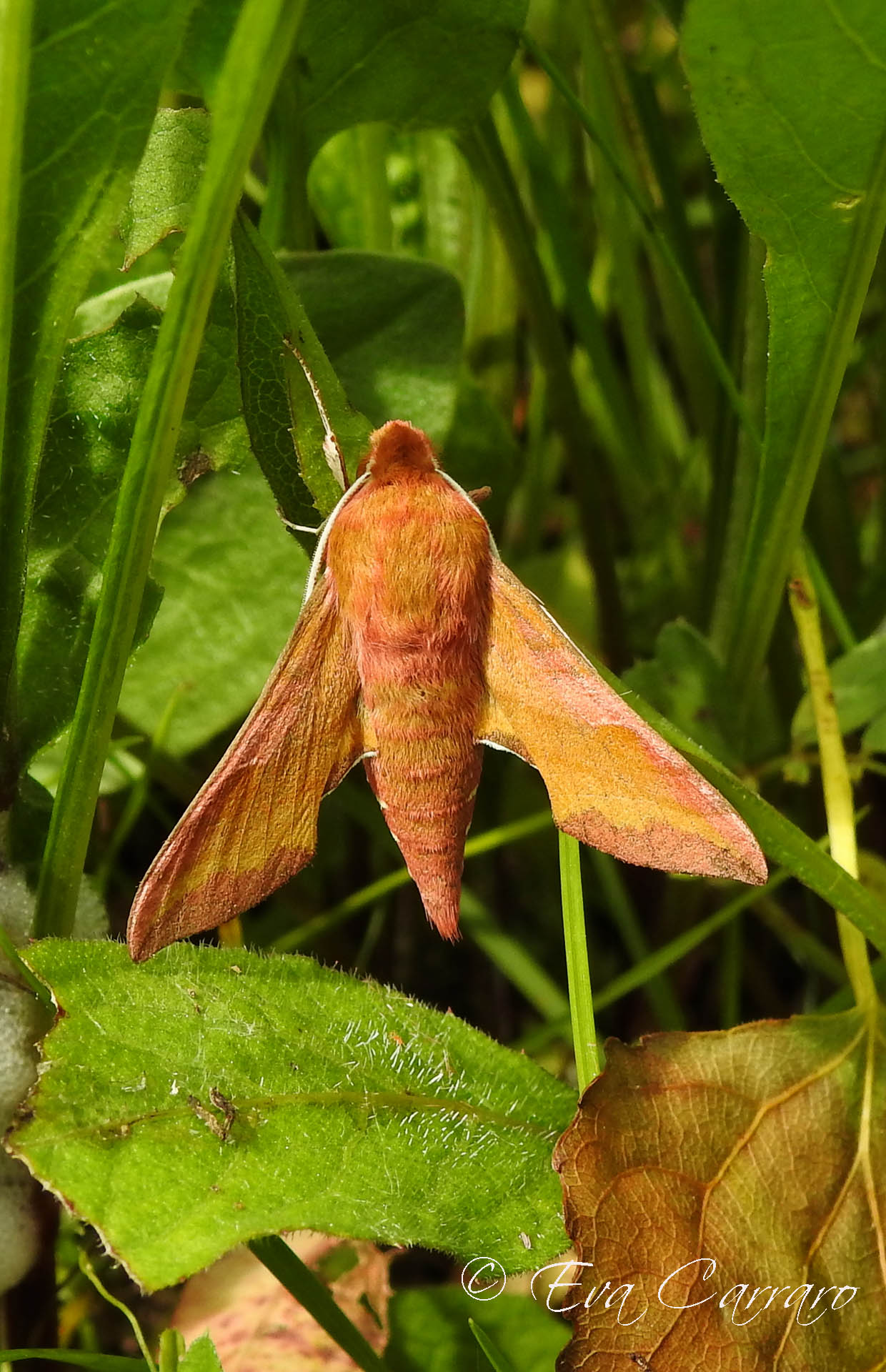
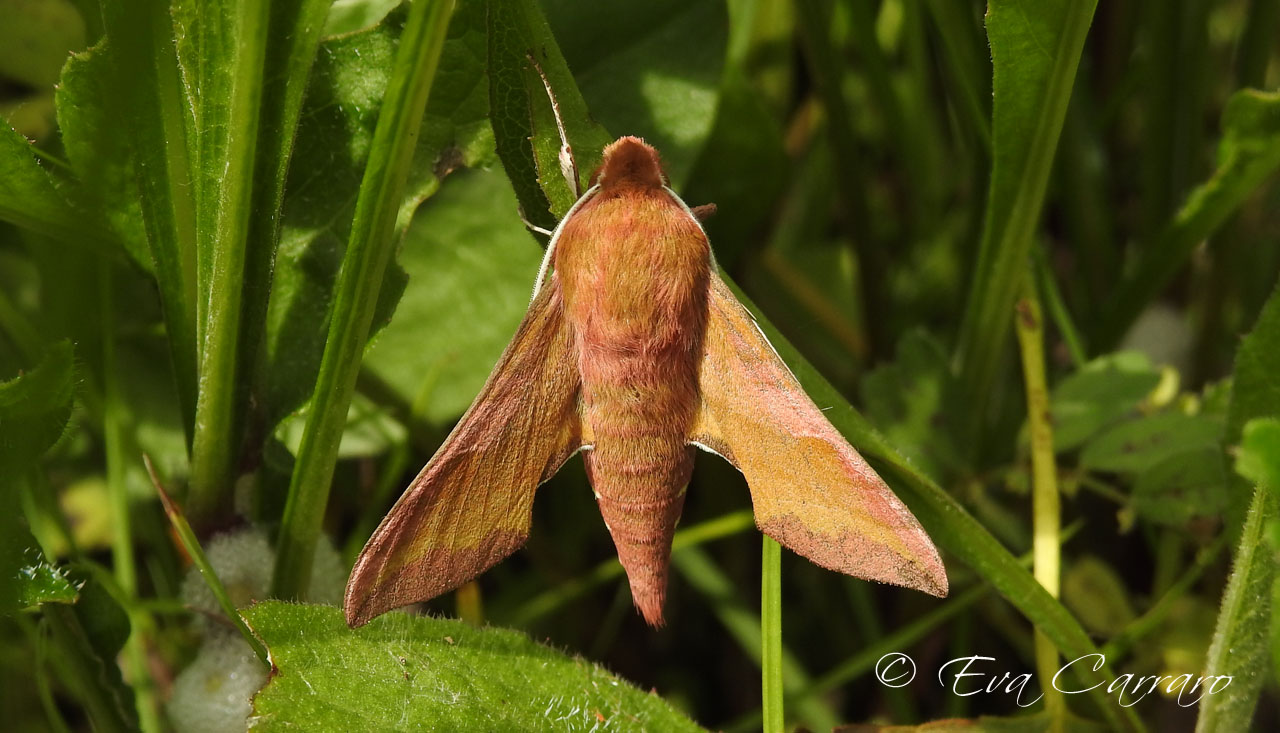
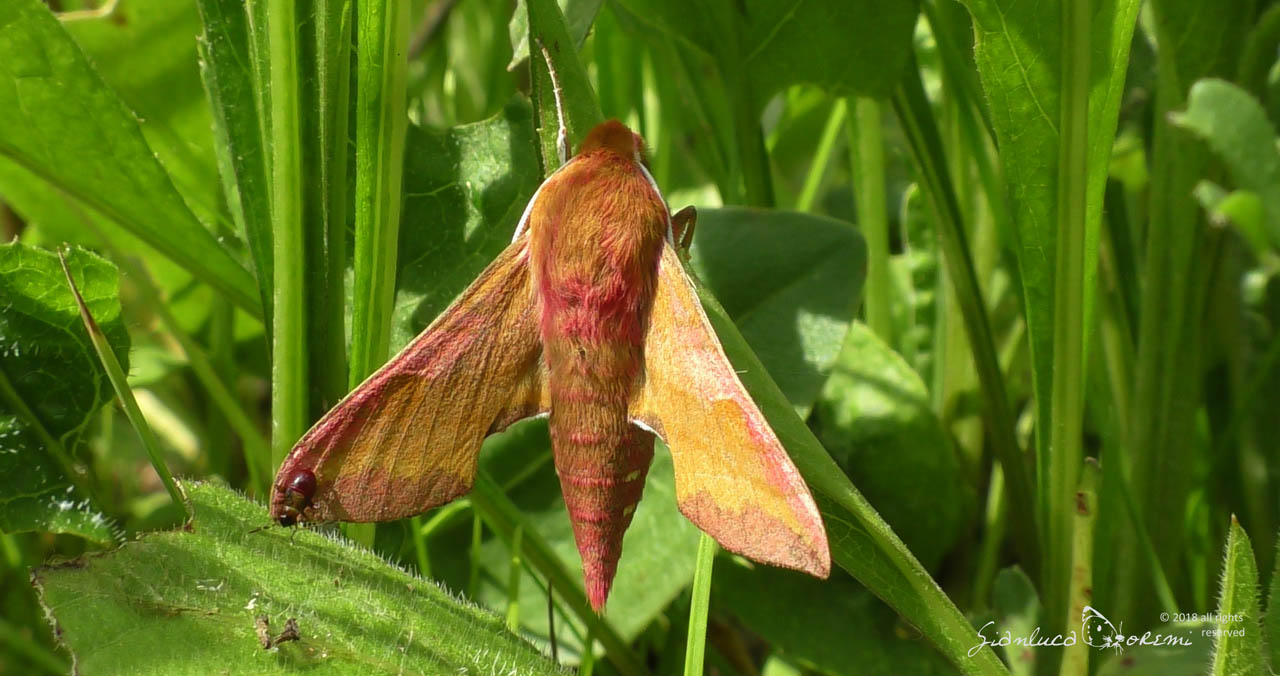
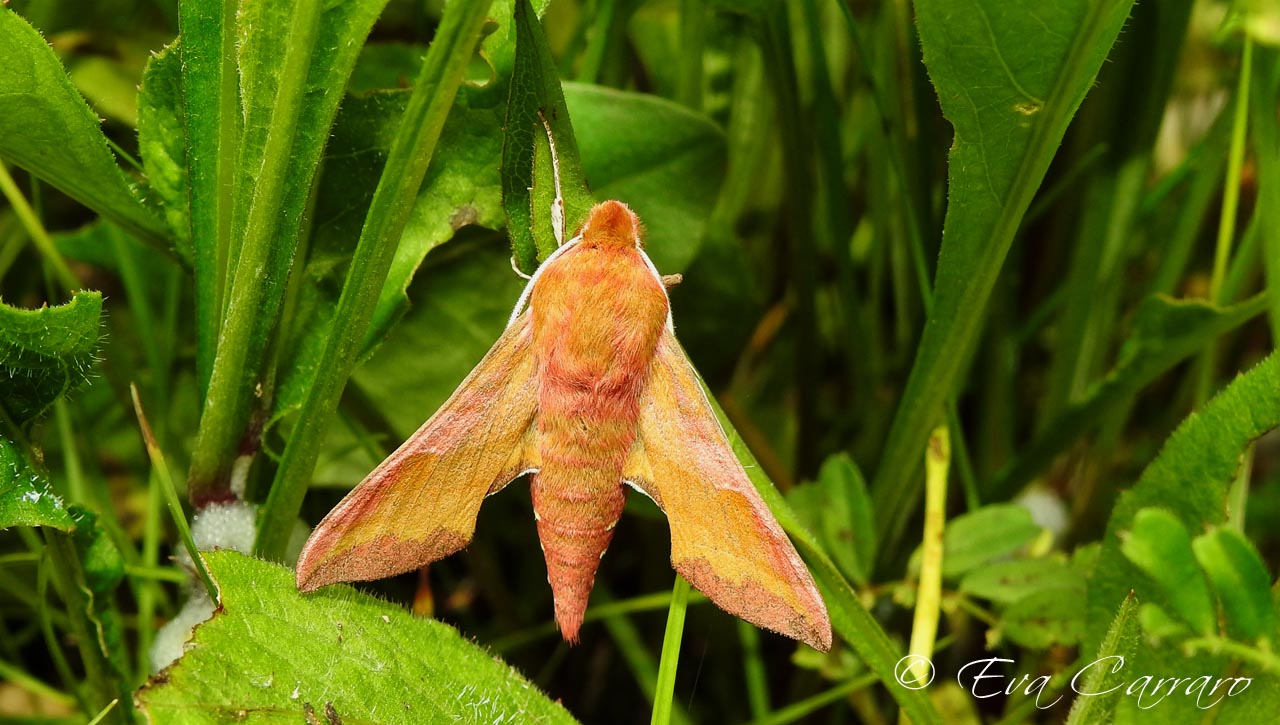
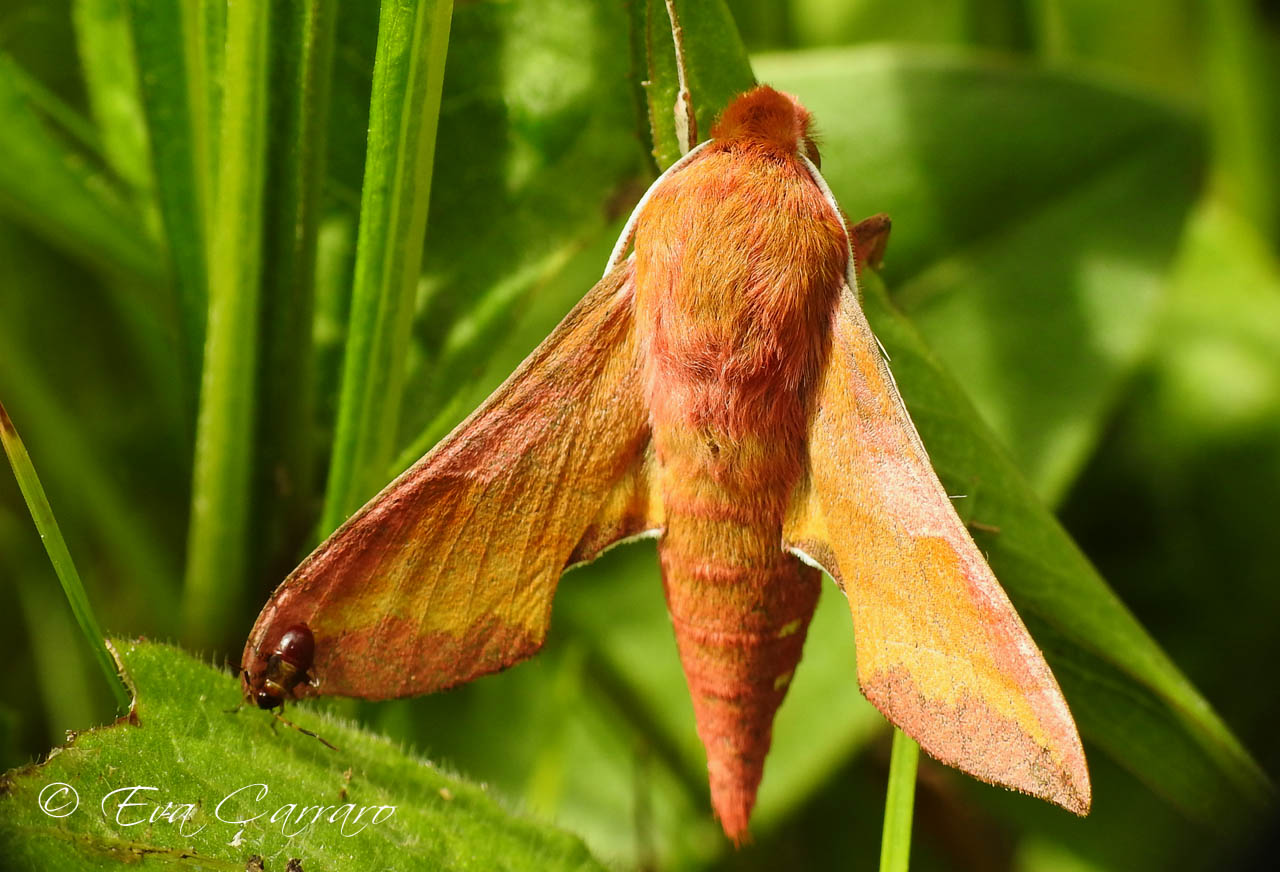
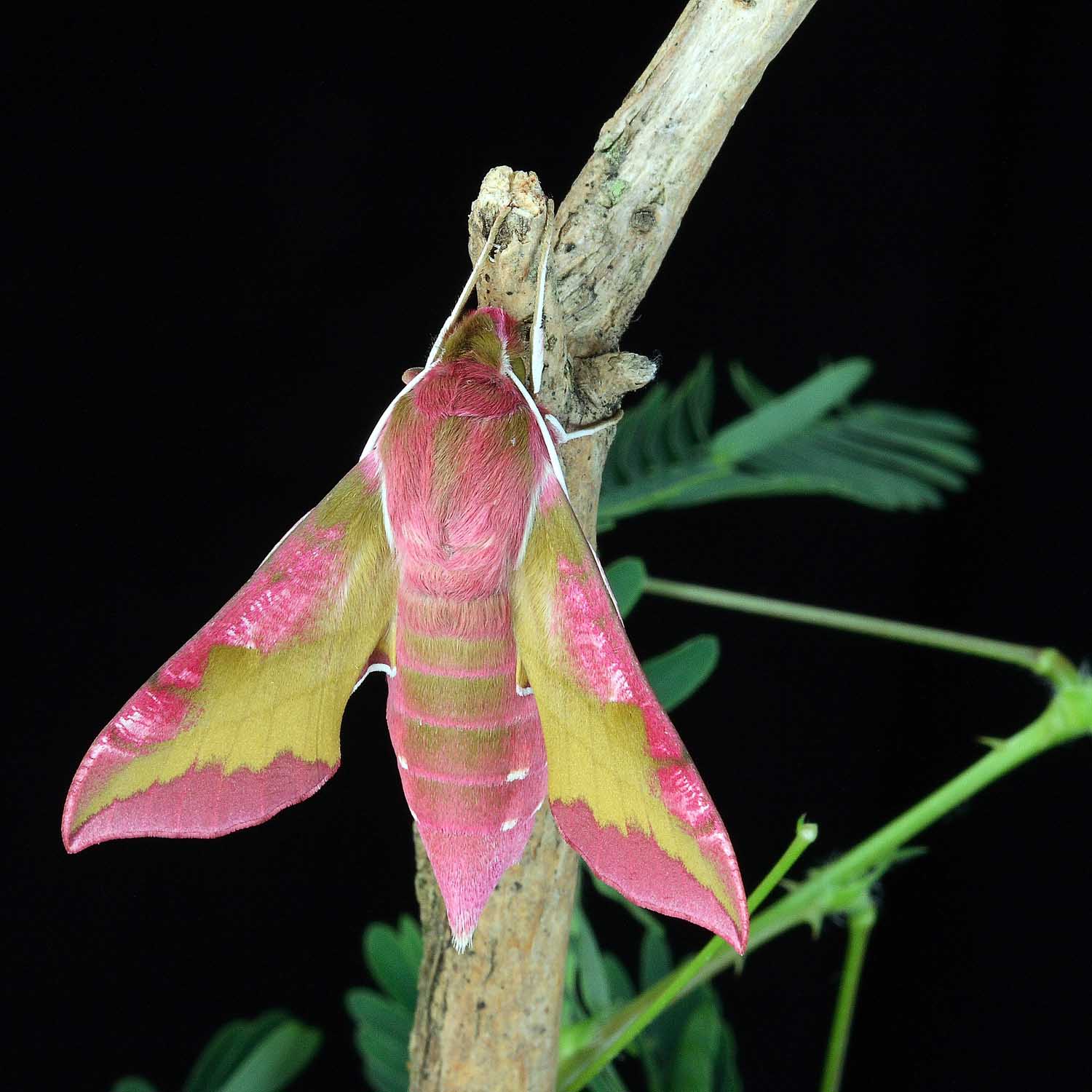
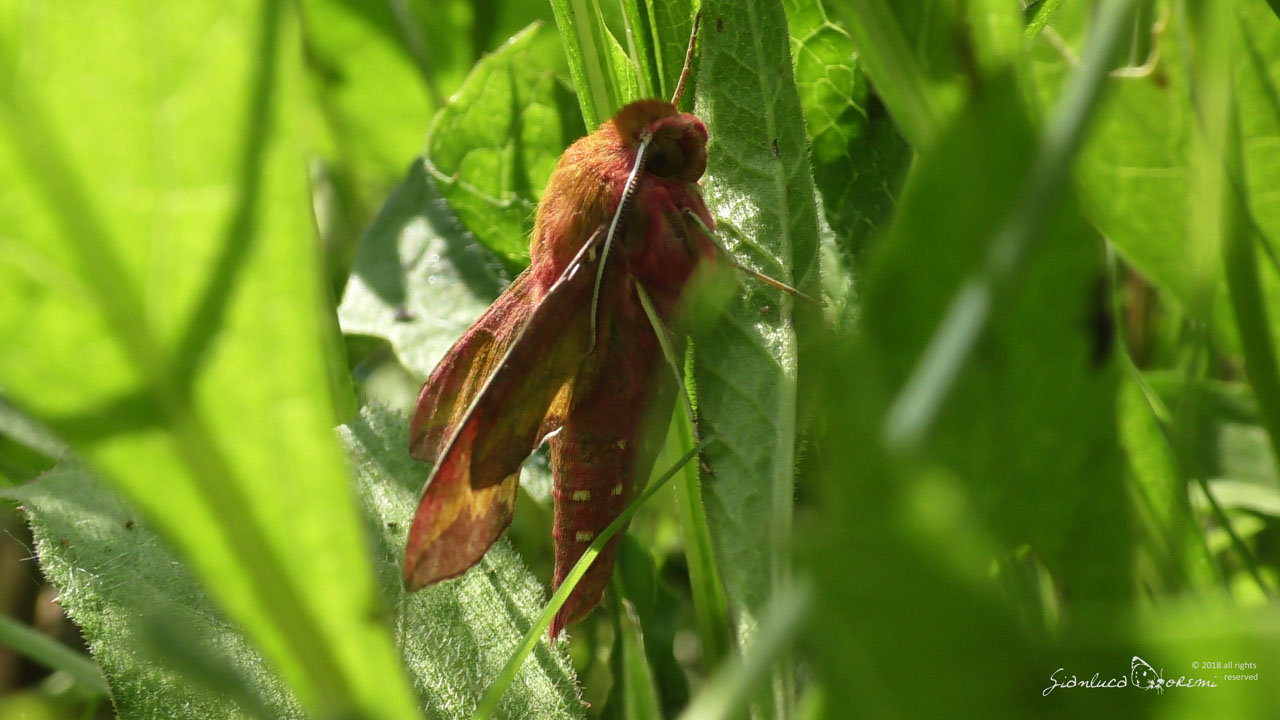
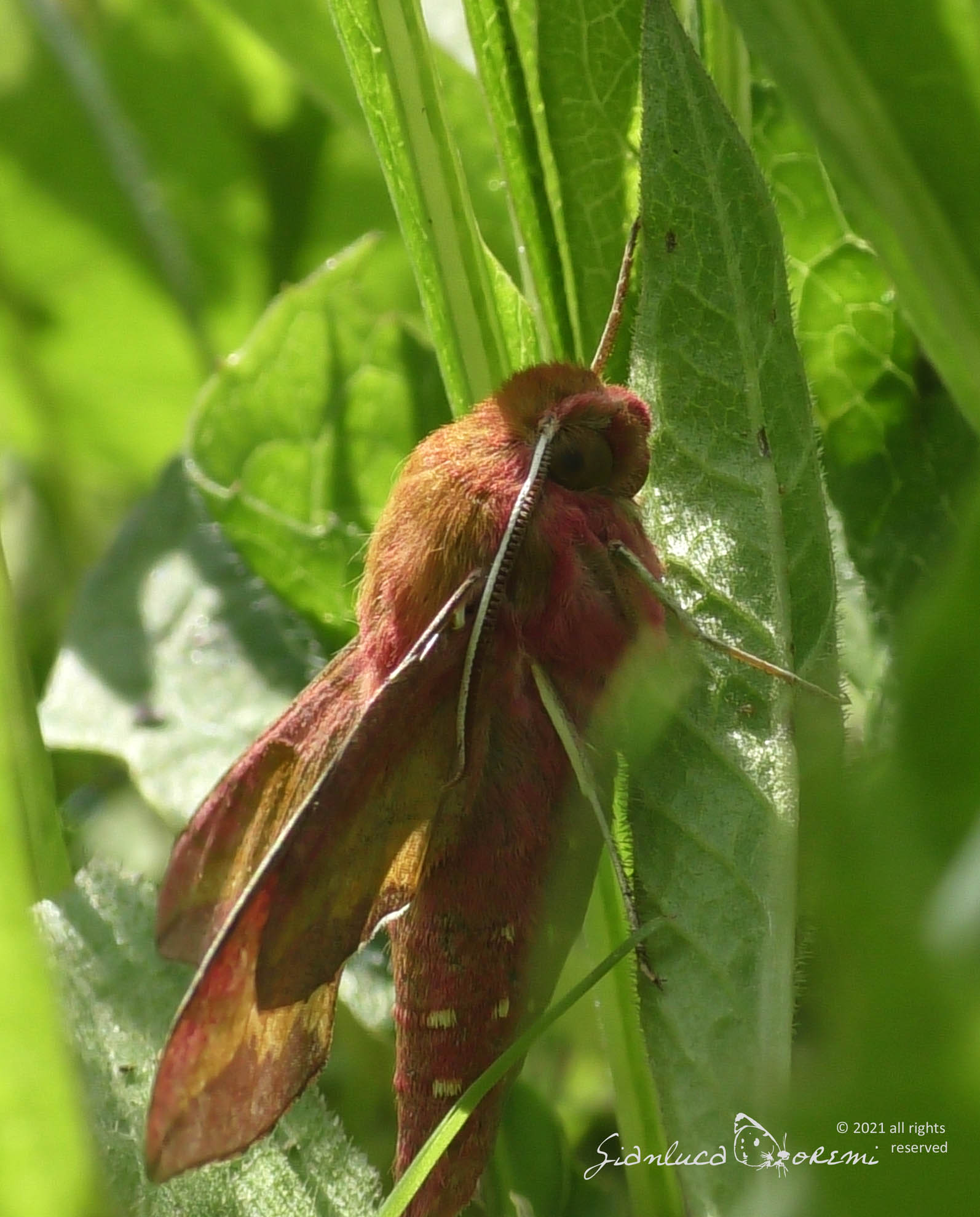
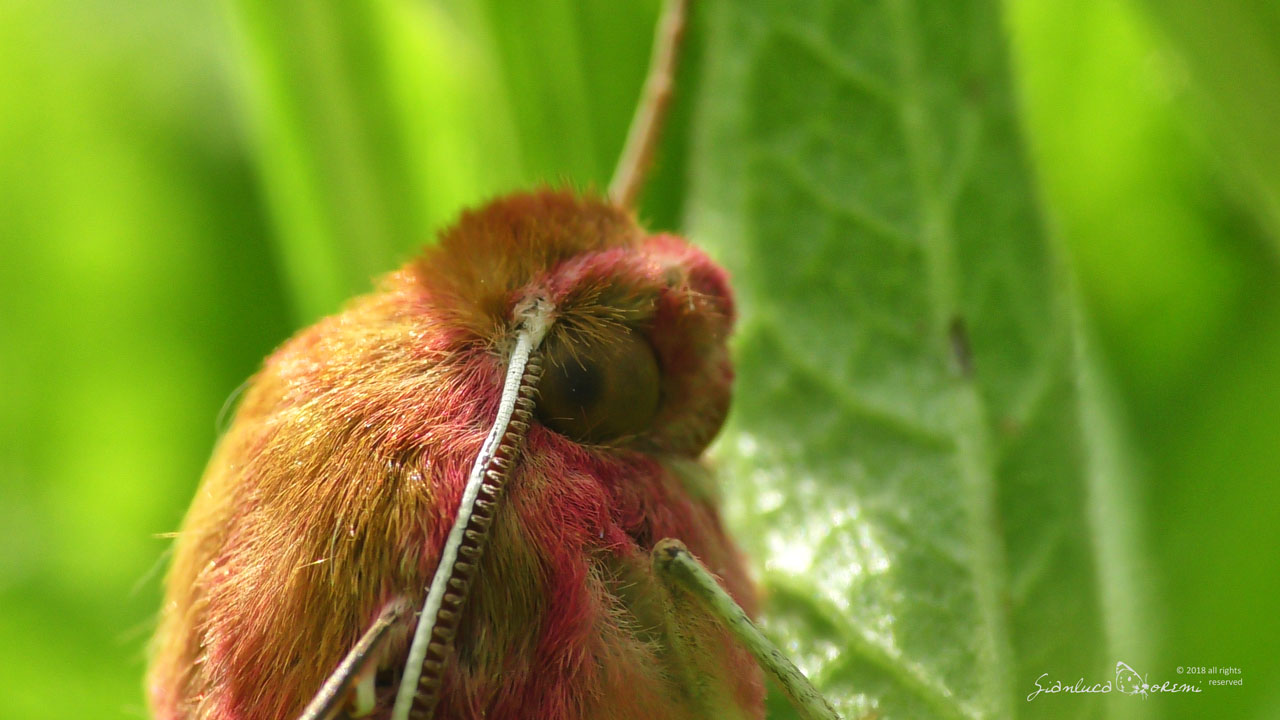
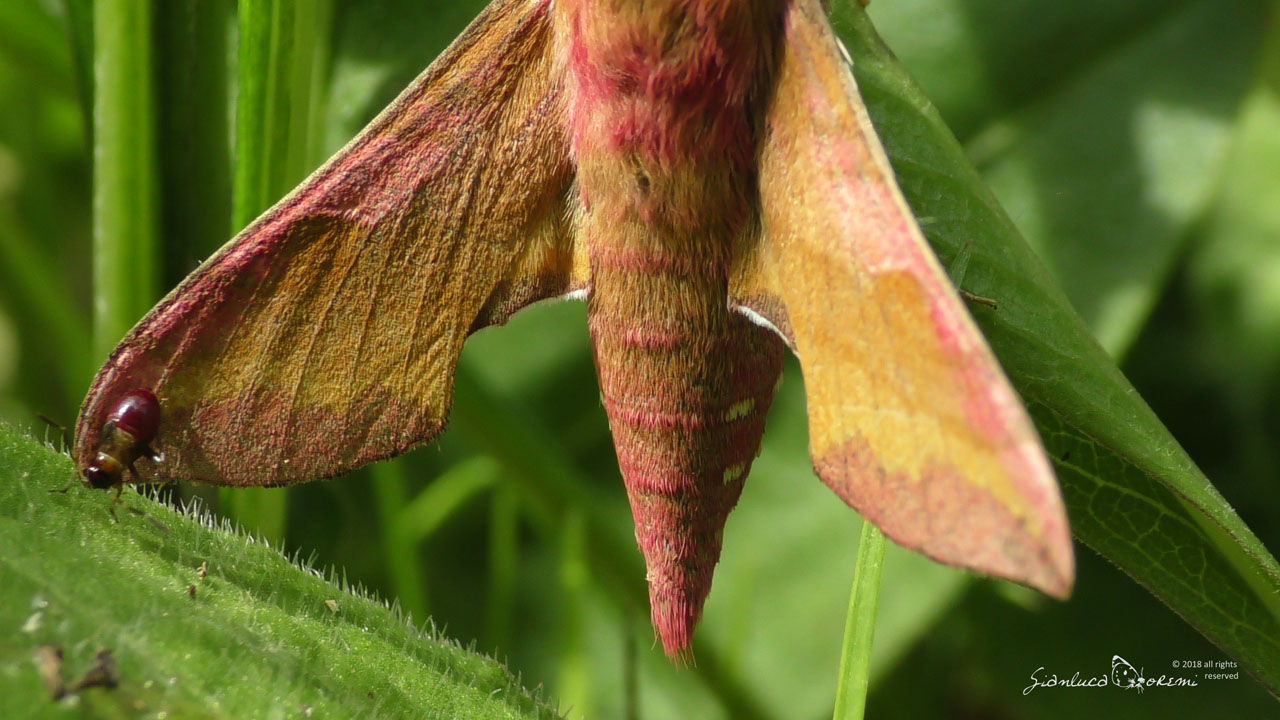
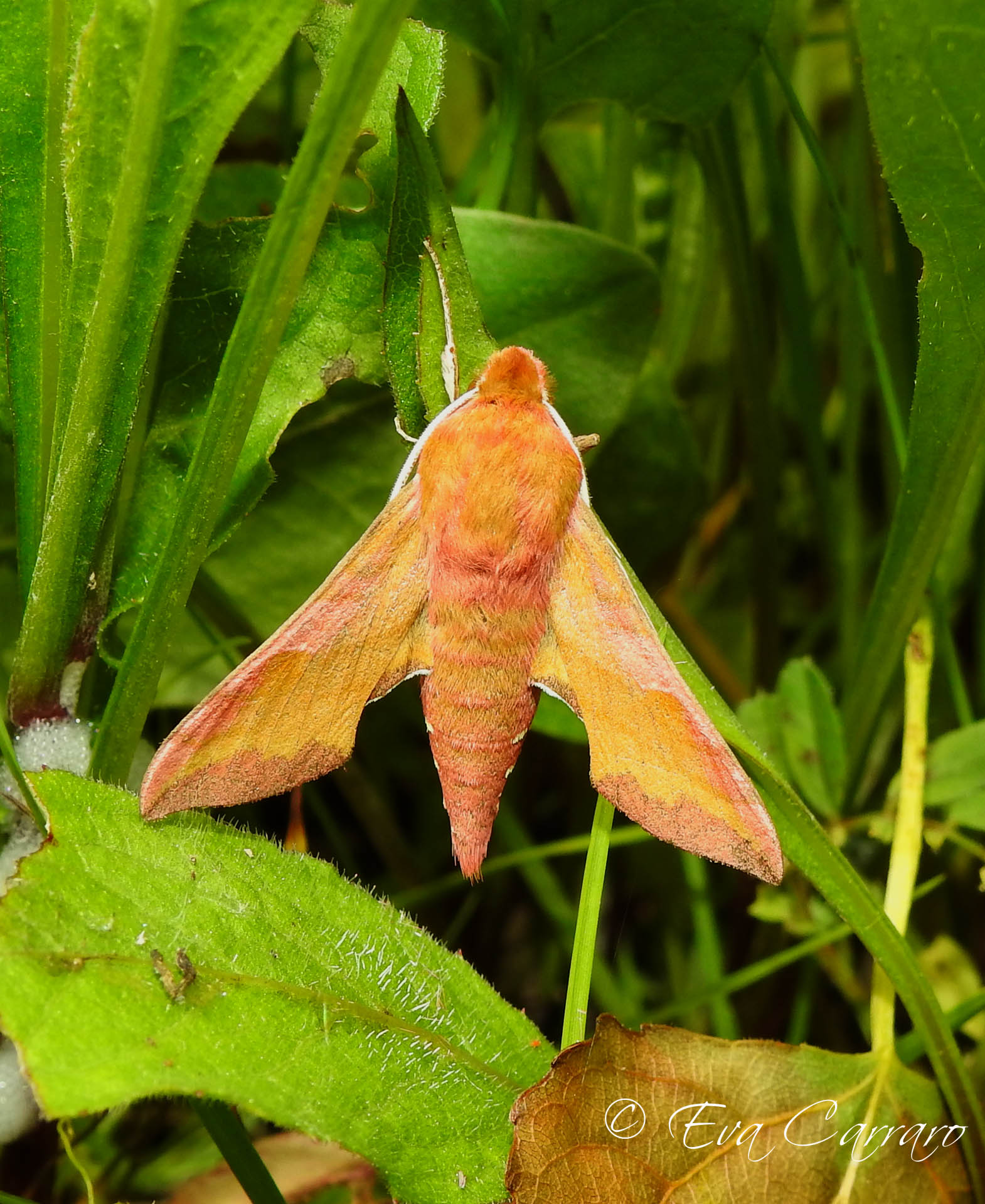
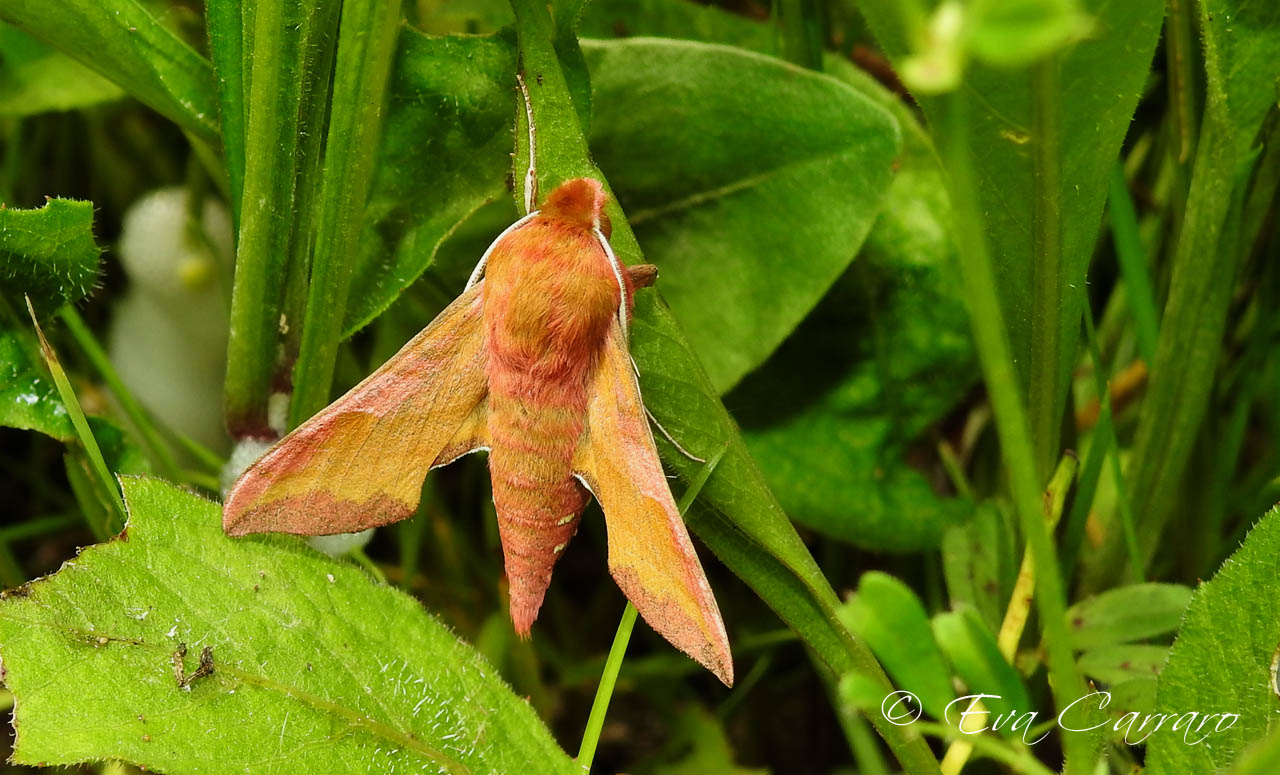
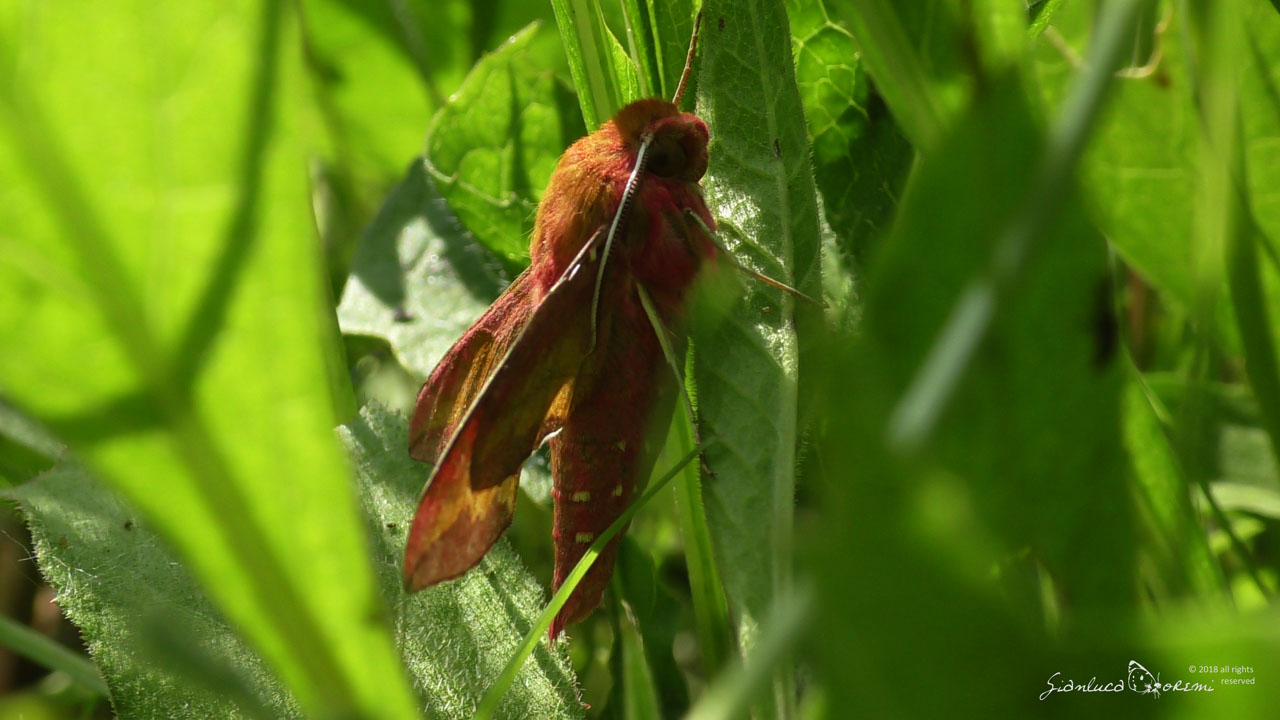

 EN
EN ITA
ITA
Social and publications